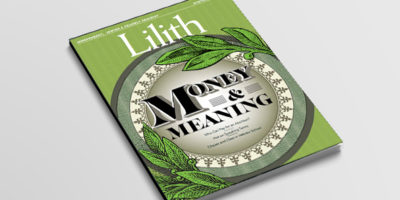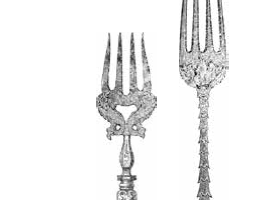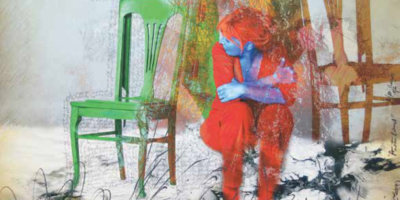Tough Women in Tinseltown
“There’s a French saying, an actor is less than a man and an actress is more than a woman. Men weather better. But women owned Hollywood for 20 years, and we must not be bitter.” Bette Davis to Mel Gussow, March 1997.
So opens Nobody’s Girl Friday: The Women Who Ran Hollywood—a study that seeks to right an injustice of record. Historian J.E. Smyth, has dedicated her academic career to the intricate histories of American cinema, and found a dearth of knowledge in published accounts of the women working in lm during one of Hollywood’s most studied eras, from the 1920s to the 1960s. Contrary to one what might assume given the ever-darkening gender politics of our modern Tinseltown, Smyth argues that sexism didn’t overrule the studio era of the so-called Golden Age of Hollywood, when women worked in a variety of roles in the film industry. Their names were listed on rosters and phone books alongside their male peers and their knowledge valued at the tables of powerful executives. Nobody’s Girl Friday is a deep dive into a world both wholly familiar and totally alien. We know some of the names—actresses who have become synonymous with the era in which they worked, their monikers shorthand for movie magic. Smyth opens the door for readers to see the female editors, screenwriters, secretaries and stars as a cohesive group that built the modern lm industry.
Smyth’s writing comes to us at a time when Hollywood is at something of a crossroads. The digital age has transformed the distribution field, with more and more original content coming from somewhere outside that fabled block of studios in California. The bursting dam of 2017’s iteration of the #MeToo movement, beginning with Weinstein’s ousting from one of the largest film studios in the world, pushed the women of the industry into two categories: either possible victims (of one degree or another) or possible enablers.
The #MeToo movement, beginning with Weinstein’s ousting from one of the largest film studios, pushed the women of the industry into two categories: victims or enablers.
Nobody’s Girl Friday acknowledges from its outset that the Golden Era of Hollywood was time-limited—indeed, that quote by Bette Davis that opens the text speaks in past tense. There is an expectation that readers have familiarity with the various studios in operation at the time, some of their more famous executives, and the films they produced. Perhaps surprisingly to readers who associate Hollywood with Jewish creative work, Smyth does not portray the film industry as especially Jewish. The women she profiles at length are multifaceted—so much so that they could hardly be reduced to tokenization. Smyth cares deeply for her subject matter, and that attention to detail shines through in every page of what is, above all else, a study in adoration. In that sense, it feels less vitally important that the book be accessible as an entry-level text for the casual reader—something that could be flagged as a potential shortcoming.
The introduction in particular is a tough way to begin: readers are launched headlong into paragraphs listing names of hundreds of women working in Hollywood during the era, without contextualization. This attempt to atone for decades of erasure is admirable, but readers run the risk of scanning the page and seeing the roster fly by like credits at the end of a film. Her fleshed-out biographical chapters are far more engrossing.
Nobody’s Girl Friday is, on the whole, an excellent historical companion for those who have taken a few lm studies classes. Her points are well taken: the Golden Age of Hollywood was golden for more than a few reasons.
Justine Orlovsky-Schnitzler is a writer and Lilith contributor on the move, currently based in Arizona.




